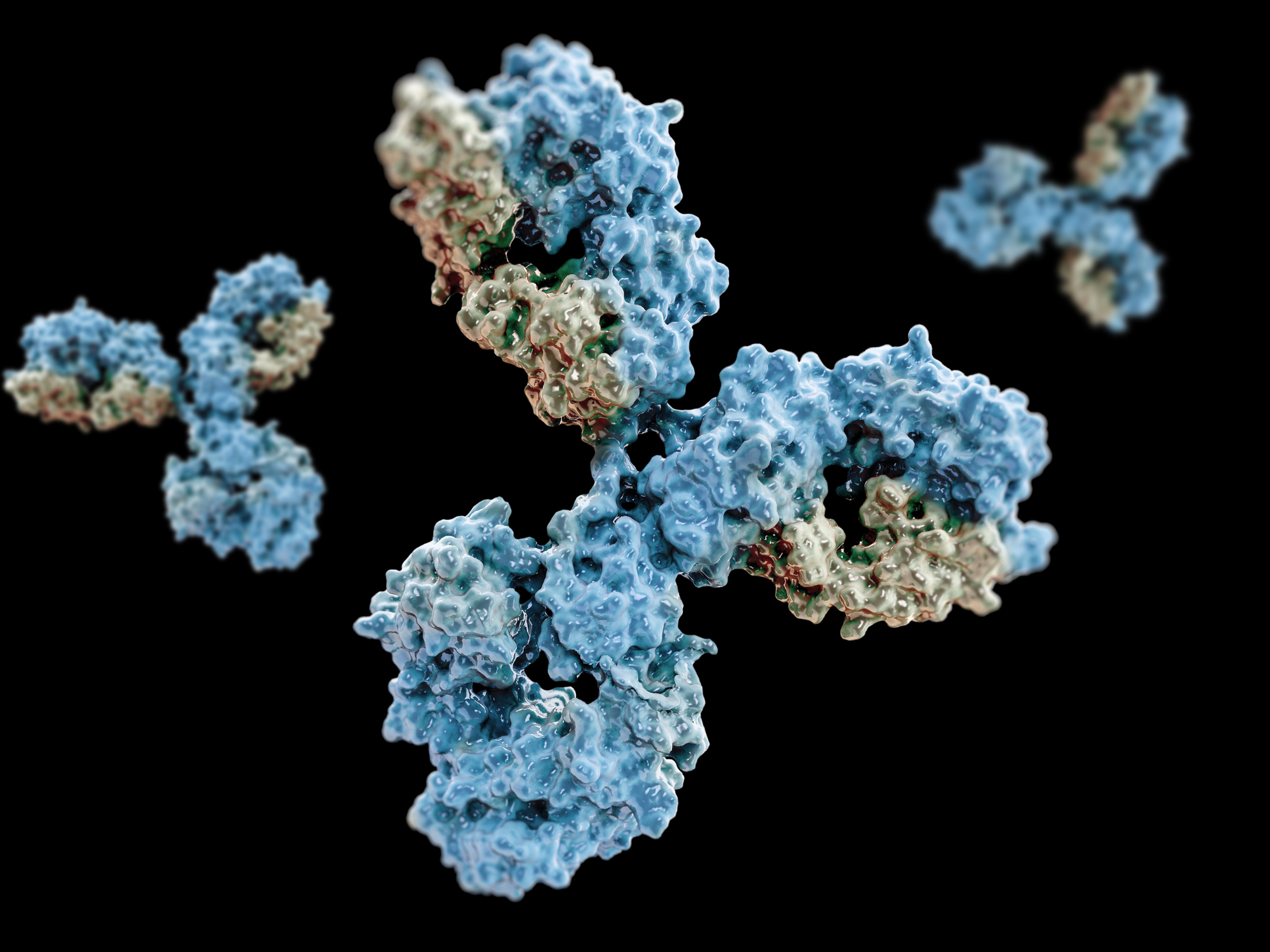Sane in the Membrane: Salipro One-Step Reconstitution of GPCRs and Ion Channels
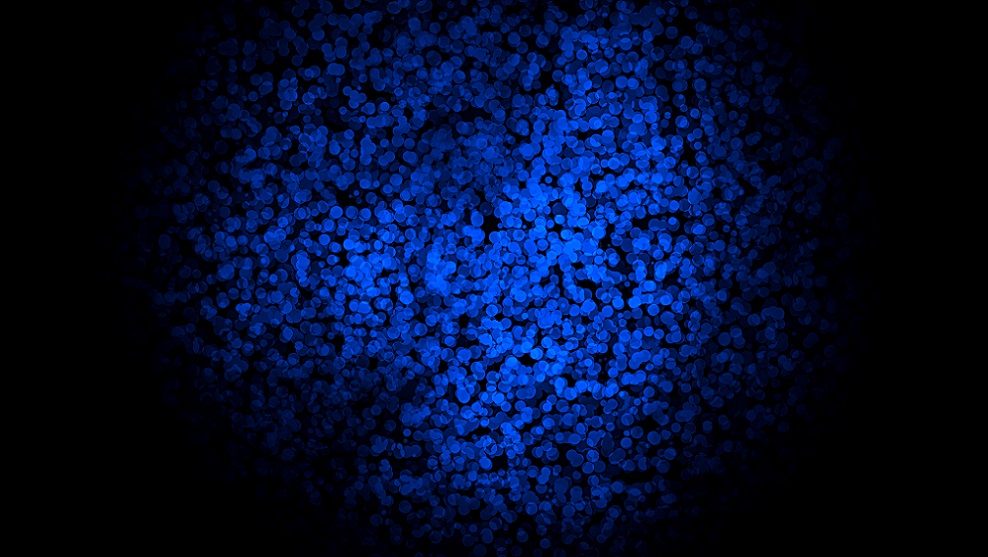
Presented by Robin Löving, Chief Scientific Officer at Salipro Biotech AB
Edited by Ben Norris
Membrane proteins represent one of the largest groups of therapeutically relevant protein targets, but most of them remain notoriously difficult to investigate. One of the main challenges of working with membrane proteins is that they are inherently unstable and difficult to extract and purify from cells.
Salipro Biotech, a private Swedish biotechnology company, is proprietary of a platform technology for the stabilisation of challenging membrane proteins that provides new opportunities for de novo development and characterisation of drug candidates. The Salipro technology for membrane proteins is part of drug discovery programs in multiple pharma companies for a variety of downstream applications. The drug targets stabilised in Salipro nanoparticles remain structurally and functionally intact. This has been demonstrated by a wide number of methods such as cryo-electron microscopy (cryoEM), surface plasmon resonance (SPR), nuclear-magnetic resonance, phage display, immunisation and B-cell sorting among others. Robin Löving, Chief Scientific Officer at Salipro Biotech AB, explained that their platform technology enables entirely new opportunities for drug development.
The Challenge of Stabilising Difficult Membrane Proteins
Salipro has signed multiple collaboration and licensing agreements with pharmaceutical and biotechnology companies to improve and accelerate drug discovery workflows. As Robin Löving told the audience at our Biologics UK 2022 event, Salipro focuses on unlocking difficult membrane protein drug targets. “Working with protein targets that are embedded within the lipid bilayer of the cell membrane is a major challenge that the pharmaceutical industry faces”, said Löving, “especially since membrane protein targets interact with about 60% of all approved drugs.”
Löving explained that membrane proteins are anchored in the cell membrane interacting with a native lipid environment that is crucial for retaining their correct structure and function. “If you remove the lipids, the membrane protein loses its stability and functionality”, Löving said. Membrane proteins are difficult to study because of the lack of suitable extraction and purification methods. Detergents have traditionally been used to extract the membrane proteins, but their presence leads to delipidation of these proteins which can cause protein instability and lose of function. Solving this problem will enable drug discovery efforts against these challenging targets.
The Salipro® Platform Technology
Most membrane proteins are considered undruggable, but Salipro Biotech has developed the unique expertise to unlock these challenging drug targets (GPCRs – G-protein-coupled receptors – Ion Channels, and transporters) for the development of next-generation therapeutics using its platform technology. The Salipro approach involves the application of a scaffold protein which can reconstitute and purify membrane proteins into soluble and functional nano-membrane particles directly from crude cells. The technology can preserve the native structure and function of these drug targets in stable, lipid-containing nanoparticles.

One of the key advantages of the Salipro scaffold is that it is flexible and adapts to any membrane protein, independent of shape and size. The principle is that it forms a ring around the transmembrane domain that comprises the lipids and the membrane protein (Figure 1). The Salipro technology thereby enables reconstitution of challenging membrane proteins, allowing for access to undruggable targets in detergent-free buffers.
The Salipro nanoplatform technology has a broad application window, which includes the screening and validation of existing compounds, structural determination, small molecule drug development and the development of biologics (Figure 2). Löving identified a wide variety of downstream applications where the Salipro platform technology was applied on selected membrane protein targets.
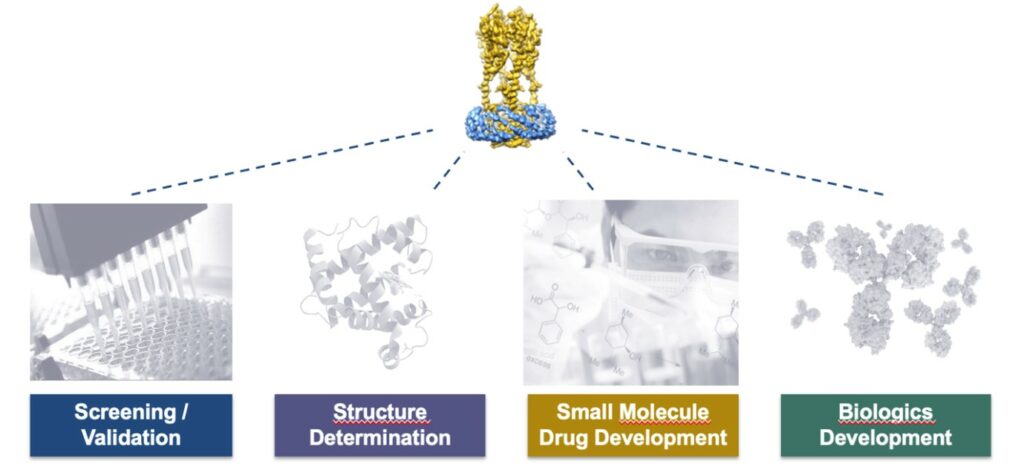
Salipro® for Antibody Discovery: Immunisation, B cell sorting and Phage Display
Antibodies have become a prominent class of drugs during the last decade. However, there is a common difficulty in generating functional monoclonal antibodies (mAbs) directed at complex transmembrane proteins, which translates into only a few FDA-approved mAbs against this important class of drug targets. The key to making functional antibodies is to use a pure, stable and homogeneous antigen for immunisation, antibody selection, and characterisation.
- Read: New Covid Drugs Delayed
- Insight: Broader Horizons for Bispecifics
- Commentary: Biopharmaceutical Manufacturing of Next Generation Peptides
Salipro has explored its potential for mAb discovery in different collaborations. One case study presented by Löving was carried out by Salipro in collaboration with a Top20 pharma company. Here, an ion channel was reconstituted into Salipro particles for mouse immunisation. The technology also allowed for sorting of ion channel-specific B cells by biotinylating the Salipro scaffold protein to use it as sorting bait (Figure 3).

Löving showed in a second case study that their technology was applied for antibody discovery by Fab phage display using Salipro-ion channel particles as an antigen. The same Salipro-ion channel format was used for enzyme-linked immunosorbent assay (ELISA) and binding kinetics studies by surface plasmon resonance (SPR) (Figure 4).

These cases studies showed the straightforward application of Salipro technology in all downstream steps on antibody discovery programs. Generally speaking, the Salipro platform allow for the performance of all initial antibody discovery steps with an antigen in a single format – Salipro for immunisation, sorting, phage selection, ELISA screening, SPR and structural biology.
Salipro® for Structure Determination and Epitope Mapping
The Salipro platform is also being used to elucidate the structures of challenging membrane proteins by cryoEM. Löving highlighted one case study where the Salipro platform technology allowed for the generation of high quality membrane protein for structure resolution in collaboration with Thermo Fisher Scientific. The reconstituted Pannexin 1 (PANX1), a human channel protein, was extracted and reconstituted directly from cells into Salipro-PANX1 particles using the Salipro platform.
Salipro-PANX1 particles were pure and homogeneous, and they remained highly stable after flash freezing, thawing, and subsequent incubation at room temperature. In this case study Löving showed that the Salipro platform enabled the generation of stable native Salipro-PANX1 particles for high-quality structure determination by cryoEM. In addition to this, Salipro enables epitope mapping by cryoEM, allowing for the visualisation of specific antibody binding sites on a target.
Salipro® for Screening and Validation of Therapeutics
Salipro is additionally being used for determining binding kinetics of drug candidates by SPR studies on the Biacore system. The wildtype human transient receptor potential (TRP) ion channel was reconstituted into Salipro particles which enabled the measurements of ligand binding in a detergent-free and lipid environment. “We were collaborating with one of the major pharma companies on this project,” said Löving. “Our partners had developed some compounds using functional analyses and cell assays, and by applying the Salipro technology we could develop a way to measure their binding kinetics”.
The technology allows labelling of membrane proteins with tags and fluorophores, without affecting their activity or function, for ligand affinity binding analyses. Salipro solved the problem by reconstituting the ion channel with the addition of a biotin on the scaffold protein for immobilisation.
Salipro®: Drugging the Undruggable
One of Salipro’s in-house drug targets is CXCR4, a GPCR and chemokine receptor. “It's an interesting cancer drug target,” said Löving, adding that it is also implicated in autoimmunity, immunodeficiency and developmental defects. “CXCR4 antagonists hold great potential in cancer treatment. This is due to the involvement of CXCR4 in various stages of tumorigenesis, such as growth, survival, and metastasis.” Previous structure work on CXCR4 relied on heavily engineered receptors in combination with the use of stabilising ligands. “For our case the human wildtype sequence of CXCR4 was used in plain physiological buffer without any stabilising compounds”, said Löving. He showed that Salipro facilitated the solving of the cryoEM structure of Salipro-CXCR4 at 2.8 Å resolution in a collaboration with Thermo Fisher Scientific and proved to be functional by binding its native chemokine ligand, CXCL12.
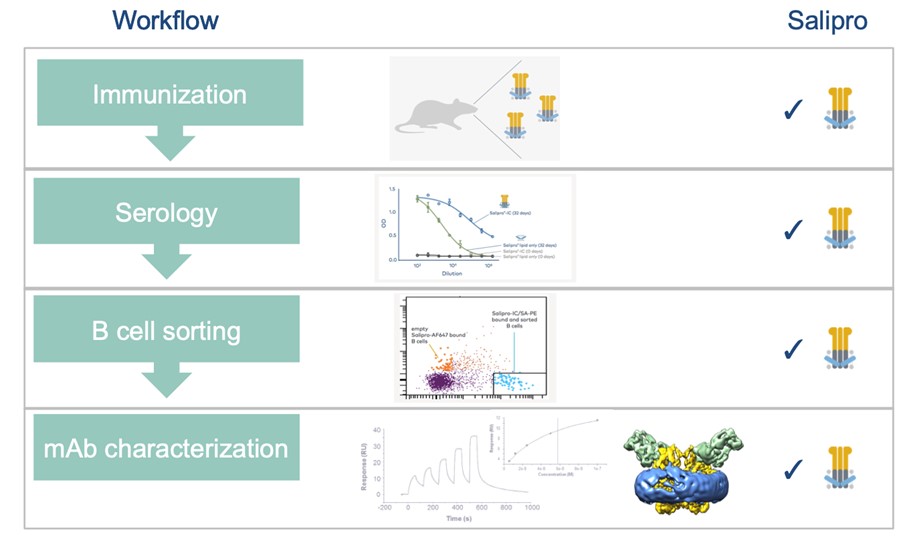
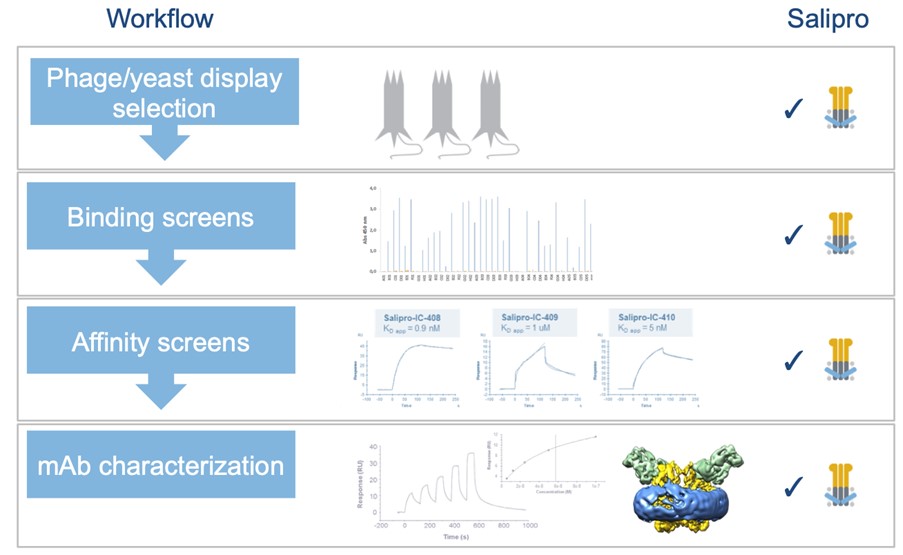
The method developed by Salipro Biotech called DirectMX® presents the possibility of direct extraction of membrane proteins directly from cells into Salipro® nanoparticles that are stable, homogeneous and functional. “Our technology can reconstitute any membrane protein, regardless of its shape and size, and make it accessible for antibody drug discovery” added Löving. He highlighted the application of the Salipro-antigen format for all steps ranging from immunisation, serology to B-cell sorting and mAb characterisation via SPR and cryoEM (Figures 5, 6).
The Salipro platform technology solves a major problem in drug development and represents new opportunities for the discovery of biologics against challenging drug targets.
Visit our Biologics portal to find out more about new developments in the field of therapeutics and engineering. To watch these presentations as they happen, click here to register your interest in our upcoming Antibody Engineering Online event.







